I discovered Blind Guardian’s “Imaginations from the Other Side” through what can only be described as a series of extremely fortunate accidents in the summer of 1995. I was in Germany for two weeks, ostensibly researching an article about the European festival circuit but mostly using the magazine’s travel budget to drink excellent beer and watch bands I’d never get to see back home. It was somewhere around day nine of this “professional research trip” when I found myself in a record store in Krefeld, flipping through vinyl while nursing what Germans would consider a modest hangover and Americans would consider grounds for hospitalization.
The shop owner—a guy with waist-length gray hair who looked like he’d personally witnessed the entirety of rock history unfold—noticed me lingering in the metal section and asked in impressively precise English what I was looking for. When I mentioned I was an American music journalist, his eyes lit up with the particular gleam of someone about to share an obscure passion with a new potential convert.
“You Americans,” he said, grabbing a CD from behind the counter, “you miss all the good German bands. Everyone knows Scorpions, fine. Maybe Accept, okay. But Blind Guardian?” He pushed the disc into my hands like he was passing along contraband. “This just came out. This is what you should be writing about.”
The cover artwork showed a fantasy-inspired scene with a castle, a ghostly face, and a general vibe that screamed “we are extremely into Tolkien and not afraid to show it.” In 1995 America, this level of earnest fantasy imagery on an album cover would have been commercial suicide—the kind of thing that would get you mercilessly mocked by the Beavis and Butt-Head crowd and relegated to the deepest, dustiest corners of specialty shops. But something about the owner’s evangelical enthusiasm made me curious.
“It’s not cheap,” he warned as I examined it. “Import prices.”
I bought it anyway, along with a Sodom album I’d been looking for. Back at the hotel, I popped the Blind Guardian CD into my Discman, stretched out on the bed, and prepared to be either entertained or horrifically embarrassed for this enthusiastic German shop owner.
Three minutes into the title track, I was sitting bolt upright, rewinding to hear that chorus again. What the actual hell was this? The orchestral sweep, the layered vocals, the galloping drums, those soaring melodies wrapped around riffs that somehow managed to be both brutal and intricately beautiful? This wasn’t just power metal—this was power metal elevated to something approaching Wagnerian opera, filtered through thrash intensity and delivered with such earnest conviction that my usual cynicism didn’t stand a chance.
By track three, “I’m Alive,” I was pacing the hotel room, wondering how a band this phenomenal wasn’t dominating American metal discussion. When “The Script for My Requiem” hit, with its neck-snapping tempo changes and vocalist Hansi Kürsch’s remarkable ability to sound simultaneously like a fantasy bard and a thrash metal warrior, I knew I’d stumbled onto something special.
I spent the next day hunting down their back catalog, dragging my increasingly bewildered photographer friend to three more record stores. “I thought we were covering the festival,” he complained as I emerged from the third shop with “Somewhere Far Beyond” and “Tales from the Twilight World” tucked under my arm like precious artifacts.
“This is more important,” I insisted, and I wasn’t being hyperbolic. In that moment, discovering Blind Guardian felt like finding a missing puzzle piece to the metal landscape—a band that had taken all the technical prowess of thrash, the melody of traditional heavy metal, the ambition of progressive rock, and the mythic storytelling of folk music, then fused them into something that sounded like nothing and everything I loved about metal simultaneously.
Back in the States, I immediately began my personal evangelism campaign. I made mixtapes featuring “A Past and Future Secret” and “Mordred’s Song” for friends who appreciated musical complexity. I cornered the metal buyers at local record stores, demanding to know why they weren’t stocking Blind Guardian prominently. One particularly memorable evening, I subjected my then-girlfriend to the entirety of “Imaginations” performed live in my living room, complete with my air guitar interpretation of André Olbrich and Marcus Siepen’s dual guitar harmonies. She broke up with me two weeks later. In retrospect, fair enough.
The resistance I encountered trying to spread the gospel of Guardian was baffling. This was the mid-90s, arguably the nadir of mainstream metal in America. Grunge had dealt its commercial deathblow, nu-metal was just beginning its regrettable ascent, and traditional heavy metal had retreated to the underground. You’d think a band with the songwriting chops and technical excellence of Blind Guardian would find an eager audience among metal fans starved for something substantial.
Instead, I got eye-rolls about the fantasy lyrics, dismissive comments about the theatrical vocals, and the dreaded “isn’t that dungeon metal?” question—a term nobody actually used but somehow everyone thought was cleverly derisive. The few dedicated fans I did encounter had usually discovered the band through European friends or during overseas travel, like they were members of a secret society united by the knowledge of this criminally underappreciated band.
What these dismissive American listeners failed to grasp was just how groundbreaking “Imaginations from the Other Side” actually was. This wasn’t just another European power metal album with dragons and wizards (not that there’s anything wrong with that, mind you). This was a masterclass in composition and arrangement, an album where every element—from Thomas Stauch’s relentlessly creative drumming to the intricate choir-like vocal layering to the baroque guitar harmonies—served a greater artistic vision.
Take “Bright Eyes,” for instance. The song opens with this delicate acoustic passage that could be from a Renaissance faire before launching into a thrash assault that would make early Metallica proud. Then that chorus hits—melodic but powerful, with vocal harmonies that somehow manage to sound simultaneously ancient and modern. The guitar solo section evolves into this call-and-response between Olbrich’s lead work and Kürsch’s vocals, creating a conversation between instruments that most technical bands couldn’t conceptualize, let alone execute.
Or consider “Another Holy War,” which features what might be the most perfect synthesis of thrash aggression and melodic accessibility ever recorded. The song shifts tempos with the fluidity of progressive rock while maintaining a headbangable intensity throughout. The lyrics tackle religious conflict with surprising nuance, elevating the material above the typical sword-and-sorcery fare associated with power metal.
What’s particularly remarkable about “Imaginations” is how cohesive it feels despite its musical ambition. Each song stands strongly on its own, but together they form an emotional journey through varying shades of light and darkness. The album builds like a classical symphony, with recurring motifs and thematic elements creating a listening experience that rewards attention and multiple visits.
The production deserves special mention too. In an era when European metal often suffered from thin-sounding guitars or overly clinical precision, “Imaginations” achieved this perfect balance of clarity and power. You can hear every intricate guitar harmony and bass run, but the album never loses its visceral punch. The drum sound alone—organic yet powerful—puts most modern metal productions to shame.
So why did this masterpiece remain largely a cult curiosity in America while conquering Europe and Japan? The timing certainly didn’t help. American metal in 1995 was at its lowest commercial ebb, with major labels dropping heavy bands left and right in favor of alternative rock. The distribution networks for European metal were spotty at best, often limited to specialty mail-order catalogs with extortionate import prices.
There was also an unmistakable cultural disconnect. American metal had largely embraced either the stripped-down aggression of thrash or the street-level grit of groove metal. Blind Guardian’s unabashed embrace of fantasy themes and theatrical presentation ran counter to the self-consciously “real” and “authentic” American approach. The very elements that made them special—the literary references, the orchestral ambition, the unapologetic technicality—positioned them as something almost deliberately un-American in their metal approach.
I tried addressing this in a feature I wrote for the magazine upon returning from Germany. My editor cut two-thirds of my Blind Guardian coverage, informing me that “nobody cares about this Renaissance faire stuff.” I fought back, insisting this was important music that deserved coverage. He reluctantly allowed me a single paragraph, which I packed with enough hyperbolic praise to make even the band members uncomfortable if they ever read it.
In the years since, I’ve watched with satisfaction as Blind Guardian gradually built their American audience through nothing but persistence and excellence. Their 2002 live album “Live” (not the most creative title, I’ll admit) became a word-of-mouth favorite among progressive metal fans. Their tours grew from tiny clubs to respectable theater venues. The internet age helped enormously—suddenly fans could find each other, share these once-hard-to-find albums, and realize they weren’t alone in their appreciation.
I caught their first proper American tour in 2002 at a criminally small venue in Hollywood. The place was packed with the most eclectic metal crowd I’d ever seen—old-school metalheads in battle vests alongside younger fans who looked like they’d just stepped out of a literature seminar. The band played for over two hours, and when they hit the opening notes of “Imaginations from the Other Side,” the room erupted with the kind of joy that comes from finally experiencing something long denied.
After the show, I managed to briefly speak with Hansi Kürsch, mentioning that I’d first discovered them in that German record store seven years earlier. He smiled with genuine warmth and said something I’ll never forget: “In Europe, we’re just another band. In America, only people who truly love this music find us. This makes American shows special—everyone here really wants to be here.”
I’ve seen them multiple times since, watching with satisfaction as their audience steadily grew. Their later albums—particularly “Nightfall in Middle-Earth,” their Tolkien-based concept masterpiece—have achieved much wider recognition. But “Imaginations from the Other Side” remains, for me, their defining statement—the perfect balance of their thrash roots and their symphonic ambitions, captured at the exact moment when they were transforming from excellent genre band to genuine innovators.
Last year, I found that original CD while reorganizing my embarrassingly massive music collection. The case was cracked, the booklet worn from countless readings, but the disc itself still played perfectly. I put it on while working on another article and found myself once again transported by the sheer ambition and execution of songs I’d heard hundreds of times before. My current girlfriend—vastly more tolerant of my musical obsessions than the one from ’95—wandered in during “And the Story Ends” and asked, “Who is this? They’re incredible.”
In 2025, the album turns 30 years old. In Europe, this will be marked with special shows and likely deluxe reissues. In America, it will probably pass with minimal fanfare, understood and celebrated primarily by those who have found their way to this remarkable band through the winding paths of metal discovery. And maybe that’s fitting. “Imaginations from the Other Side” was never meant for casual Friday night listening. It demands engagement, rewards attention, and offers a journey rather than just a collection of songs.
For those who missed it in 1995—and that was most of America—it’s never too late to discover what Europeans have known for three decades: that somewhere in Germany, a band created one of metal’s most perfect albums, a seamless fusion of technical excellence and emotional resonance that stands as a testament to what the genre can achieve when it refuses to accept limitations or follow trends.
Just don’t blame me if you end up performing it in your living room and scaring away your significant other. Some risks are worth taking.
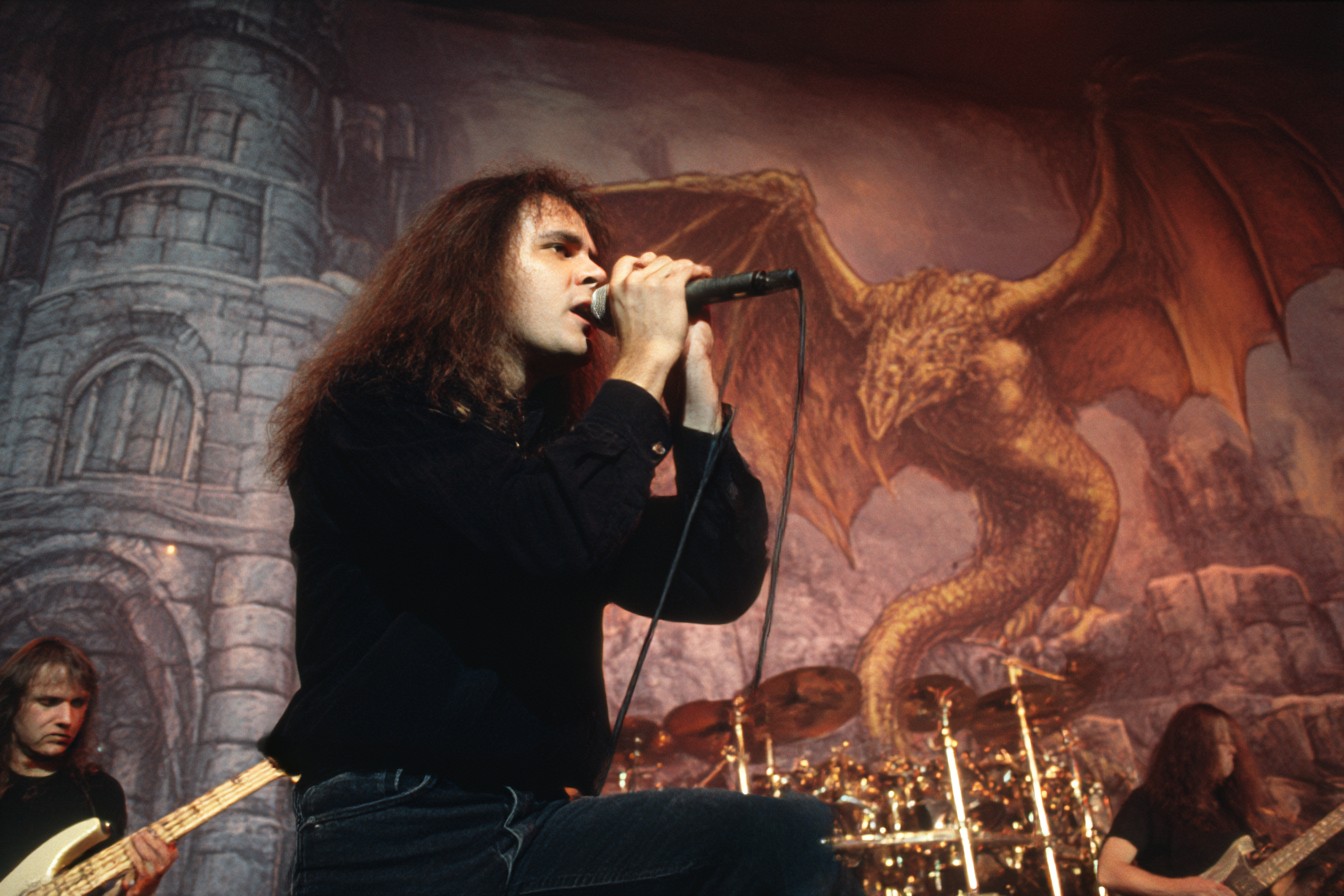
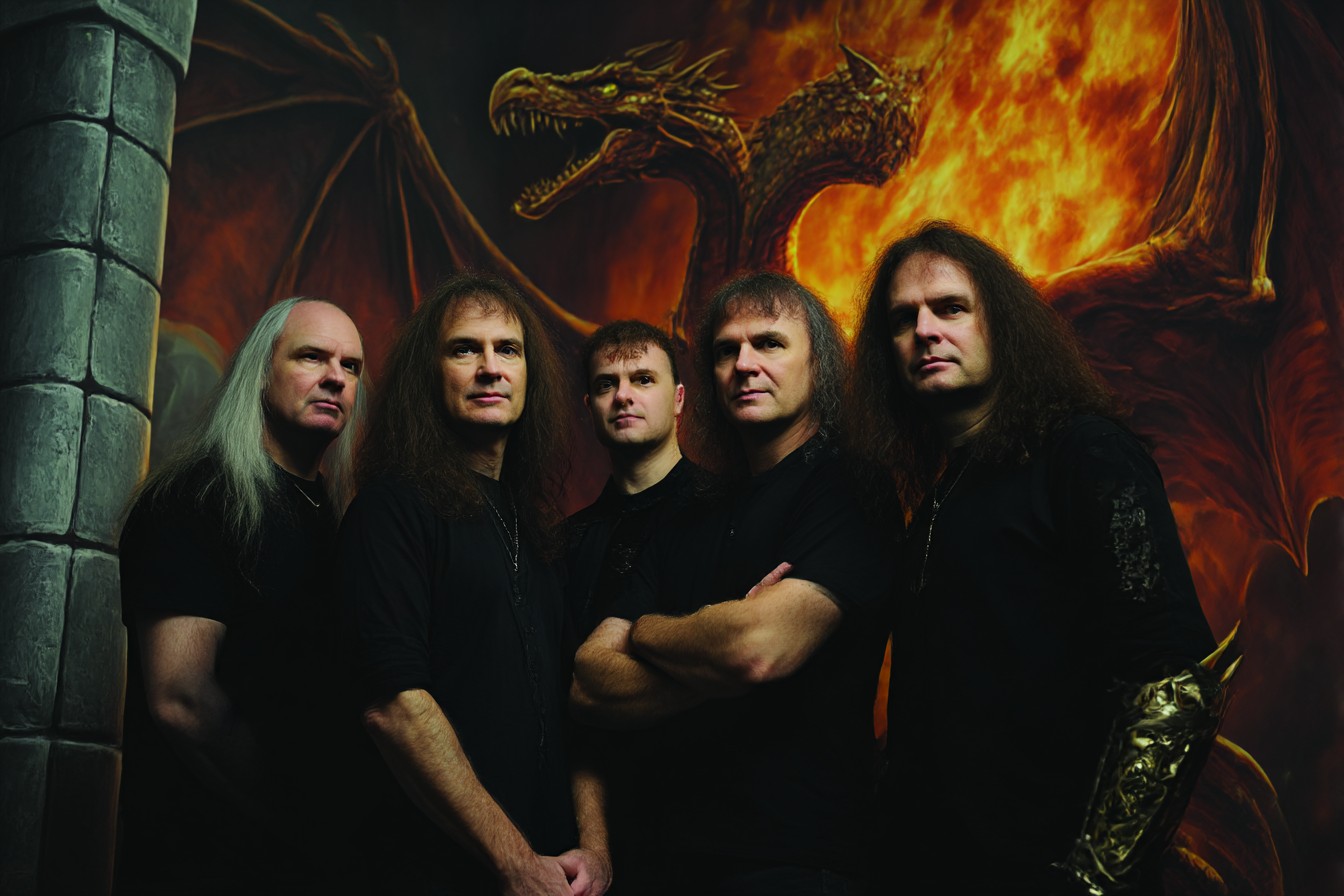
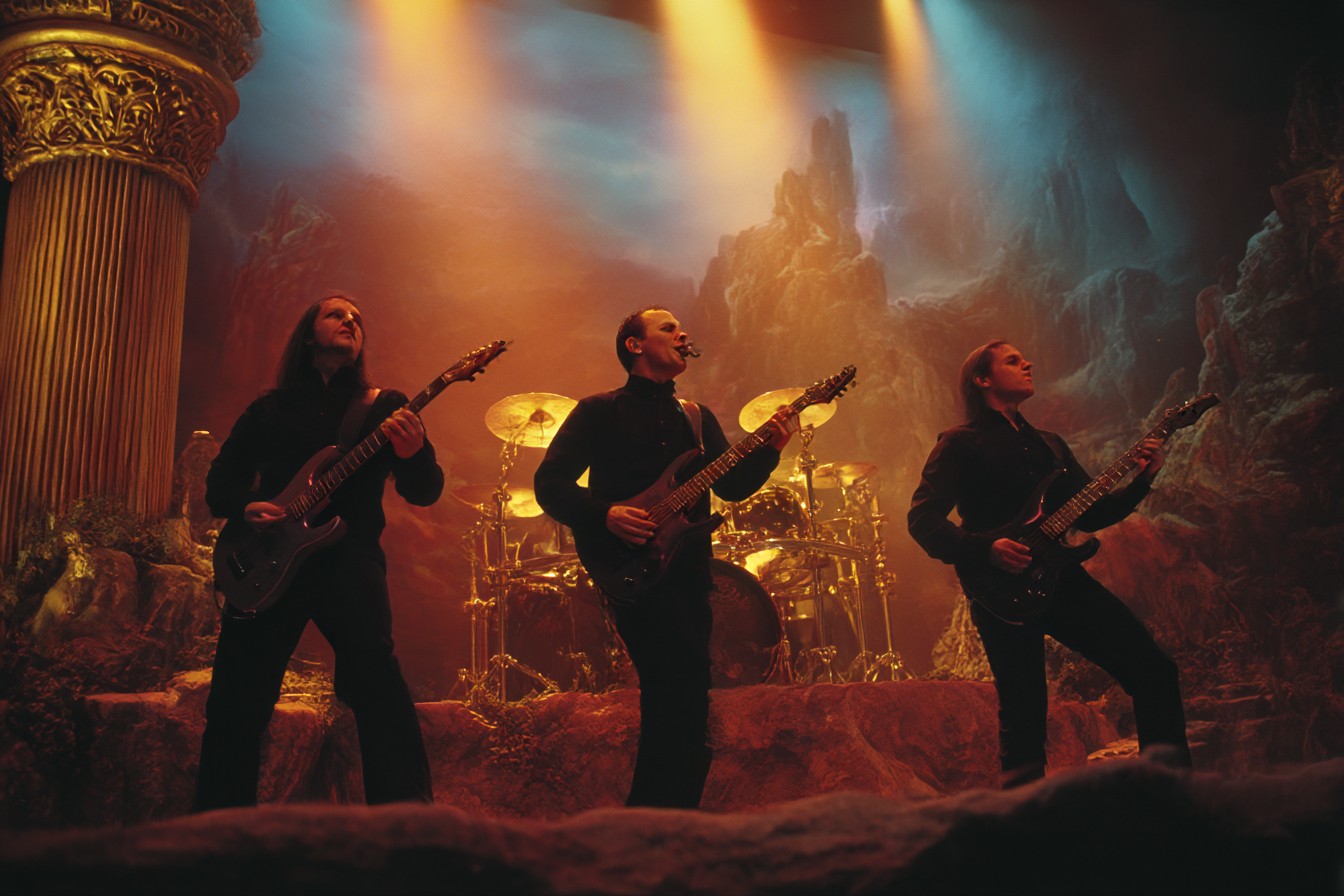
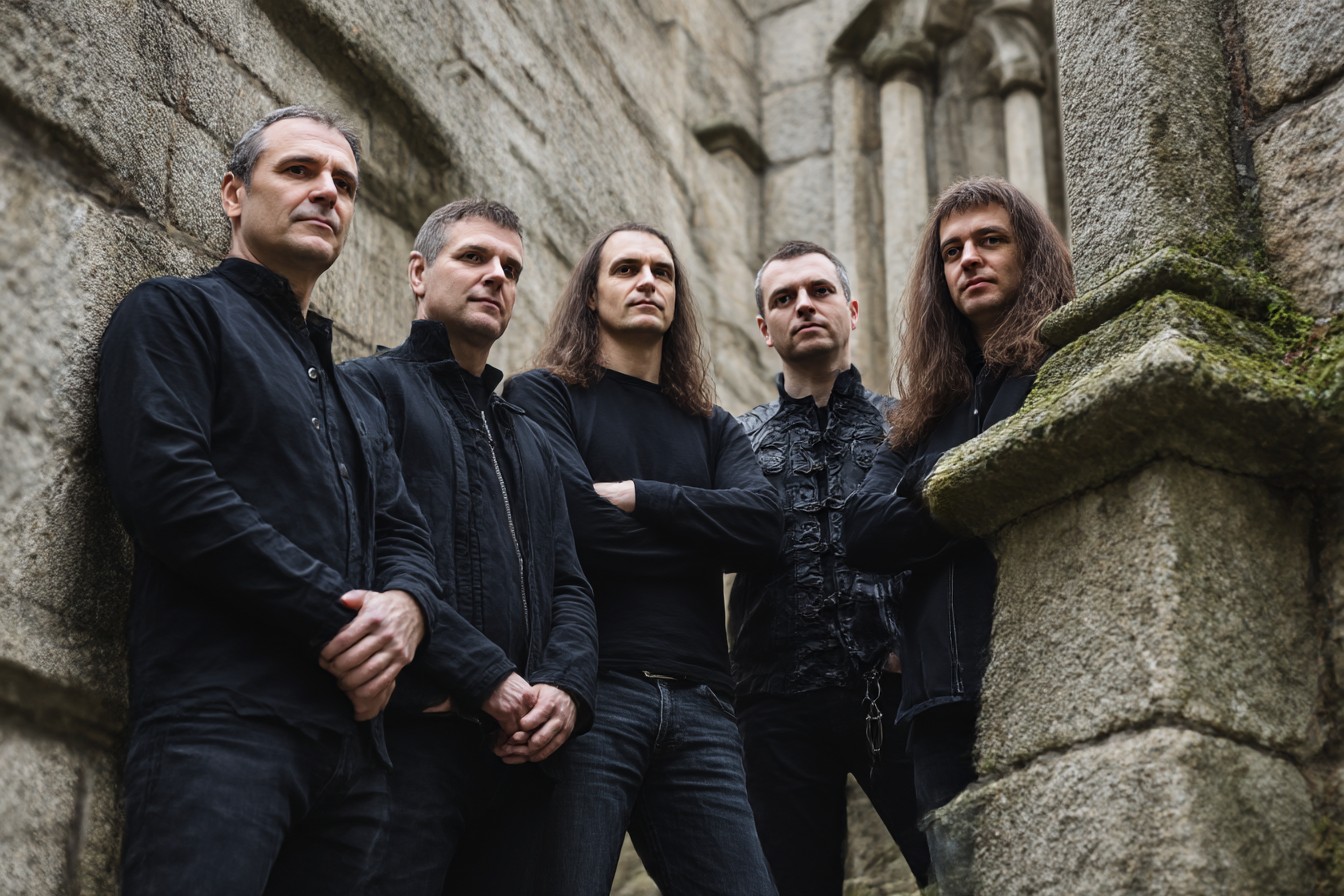
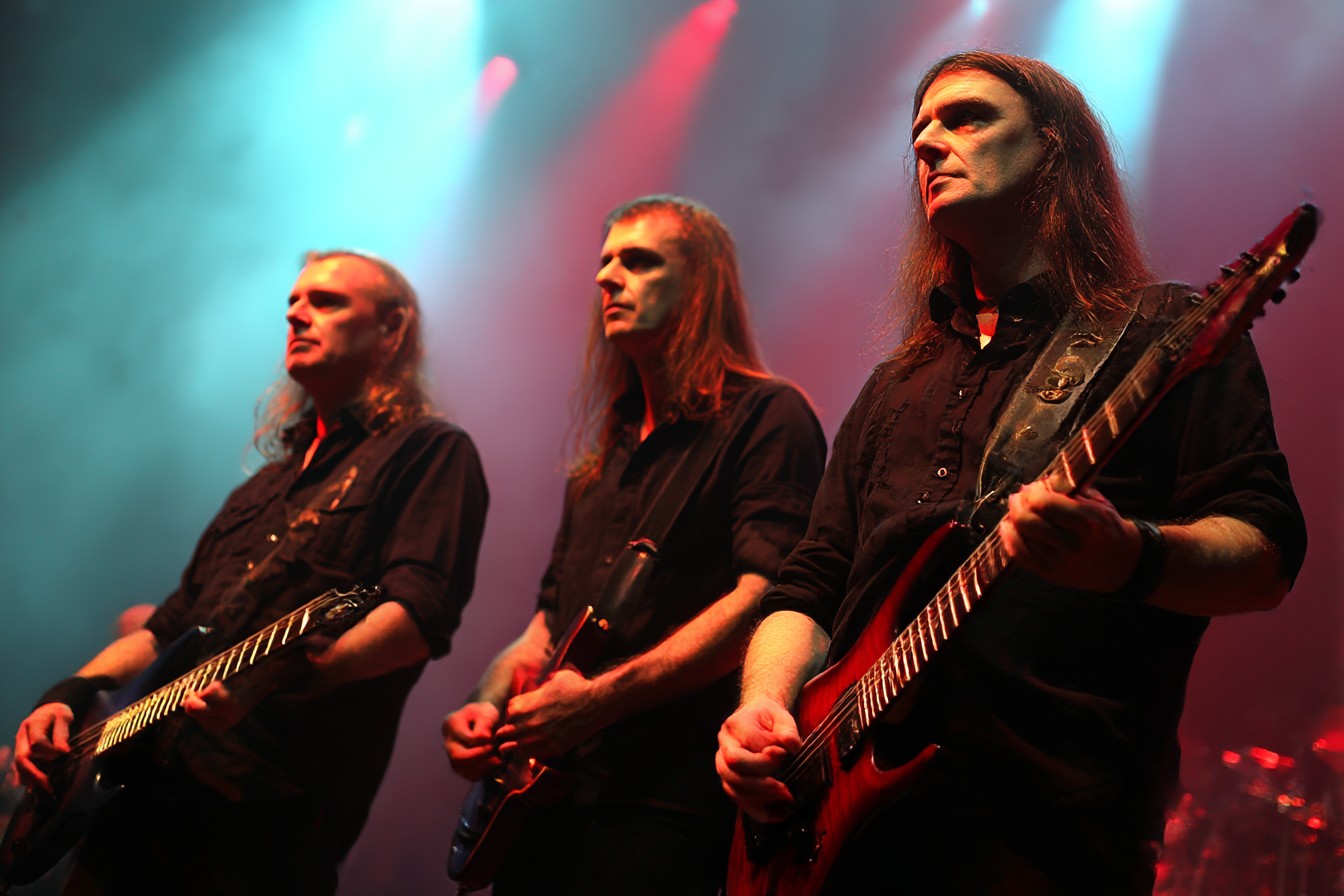
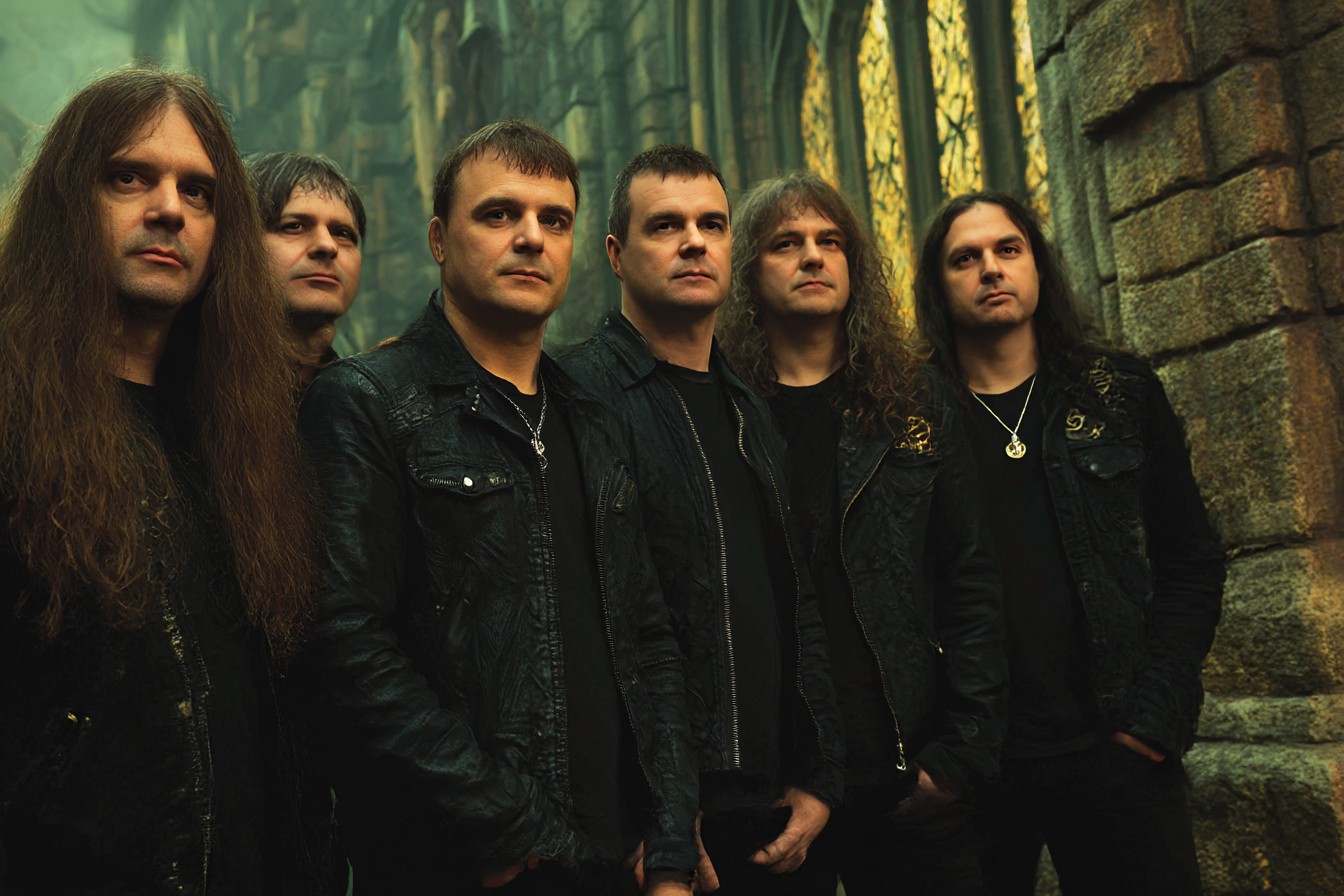
Leave a Reply